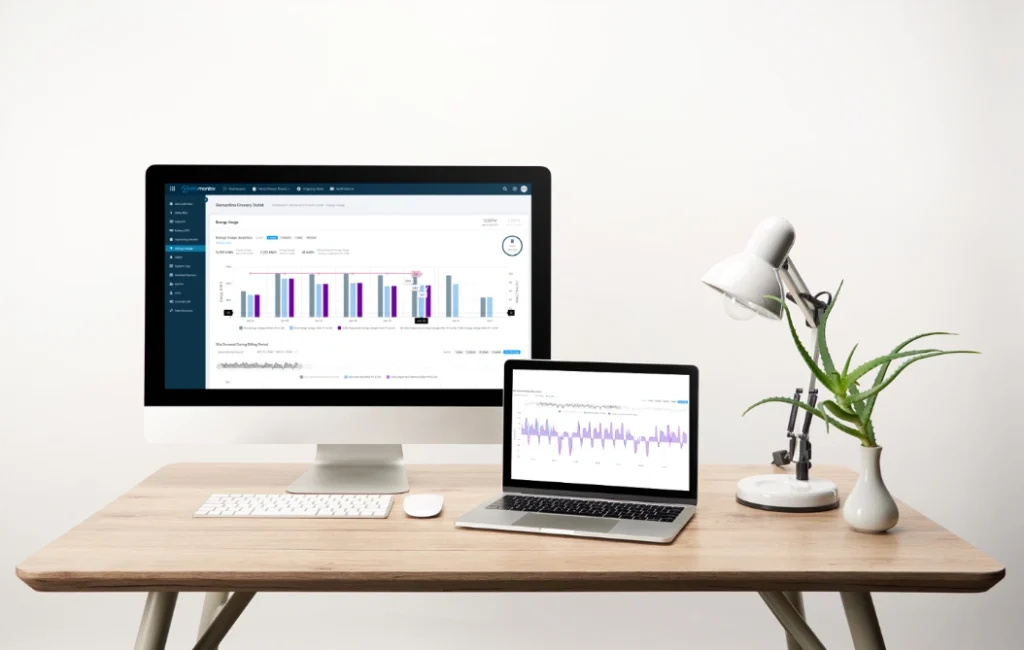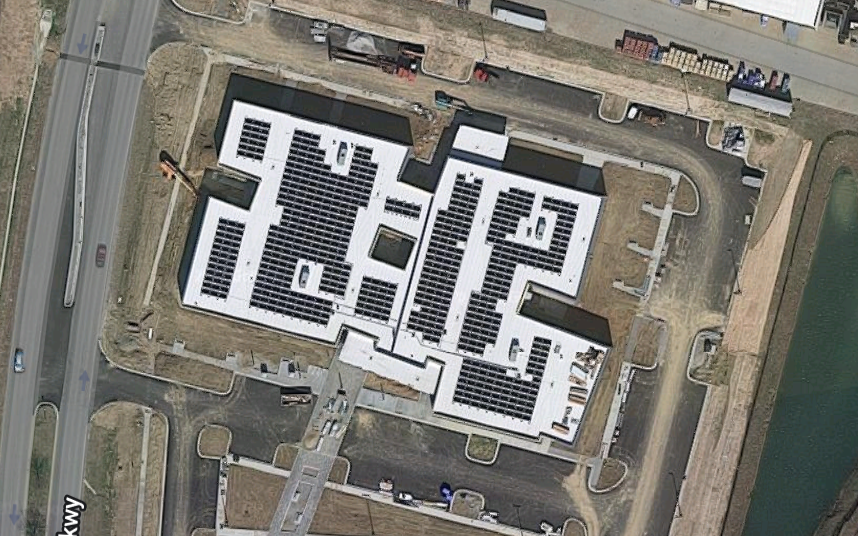Energy Toolbase Enables Users to Co-optimize Grid Services and Utility Bill Savings

We are excited to announce a groundbreaking update to Energy Toolbase’s ETB Developer product: the co-optimization of grid services and utility bill savings. This enhancement allows solar and storage projects to capitalize on diverse value streams, not only improving overall project economics but also rendering these estimates more reliable.
Empowering Grid Services in ETB Developer: Model Demand Side Grid Support (DSGS)

We now offer a Demand Side Grid Support (DSGS) incentive option in ETB Developer. ETB Developer users can now effortlessly model Incentive Option 3 of the DSGS program and begin tapping into this additional revenue stream.
We’ve Launched a New Feature in ETB Monitor: Green Button – Connect My Data

We are excited to announce the launch of a new feature in ETB Monitor that gives our users yet another layer of accuracy when monitoring their solar and energy storage assets in the field.
Empowering the Energy Industry with Energy Toolbase: Celebrating 10 Years!

In the dynamic landscape of renewable energy, where innovation and sustainability are paramount, tools that facilitate seamless integration and analysis are invaluable. For ten years, Energy Toolbase has empowered the renewable energy sector and driven changes in the software space, and we are now celebrating our 10 th anniversary! In …
Energy Toolbase completes commissioning on Ventura Energy’s 3.7-Megawatt Hour Energy Storage Portfolio to Provide Emergency Water Backup for Ventura County

Energy Toolbase has completed commissioning on Ventura Energy’s five-site, 3.7-megawatt-hour (MWh) energy storage portfolio at critical water facilities throughout Ventura County. The systems of standalone energy storage are comprised of Tesla Powerpacks and Megapacks controlled byAcumen EMS™ software and enable the end-users to have a reliable water source in the case of an emergency.
The Evolution of Energy Storage Modeling in ETB Developer

Energy Toolbase’s sales and modeling platform has brought tremendous value to customers working on solar and energy storage projects. Behind the scenes, we always work hard to make ETB Developer more capable and intelligent in this ever-changing market.
The Definitive Guide on Electric Utility Bill Inflation in California over the Last Decade

Utilizing representative utility bill cost inflation data is critical for determining the economics of a behind-the-meter (BTM) solar + storage project. The annualized ‘utility rate inflation’ input is one of the most influential assumptions in the financial model when determining the lifetime economics of a project. Given that rate inflation compounds over time and financial models are typically run over a 25+ year period, the input will materially influence the payback period, return on investment, and net present value. The solar industry lacks standardization when it comes to this critical input. It is not uncommon for a homeowner soliciting solar proposals from several installation companies to receive widely varying assumptions on the inflation rate.
WEBINAR: What does CA’s NEM-3 “Net Billing” Tariff mean for Solar and Storage Economics?

Net Metering 3.0 is final and establishes an entirely new “Net Billing” tariff framework. This webinar discusses how NEM-3 impacts solar and storage economics
Kentucky Public Library Installs Solar + Storage at New 45,000-square-foot Facility to Offset High Demand

Energy Toolbase commissioned an energy storage system with Acumen EMS for the new Central Library in Bullitt County to offset high demand charges
Petco Park Baseball Stadium Retrofits an Energy Storage System to Compliment their Existing Solar System

Petco Park Baseball Stadium retrofits energy storage with Acumen EMS. Discover how innovative solutions optimize energy efficiency.